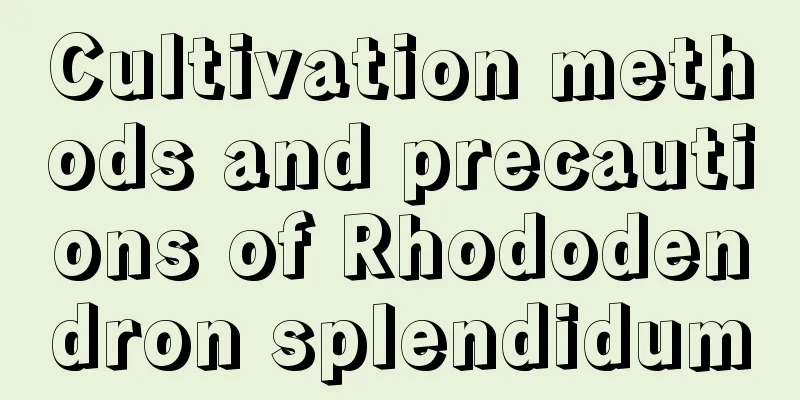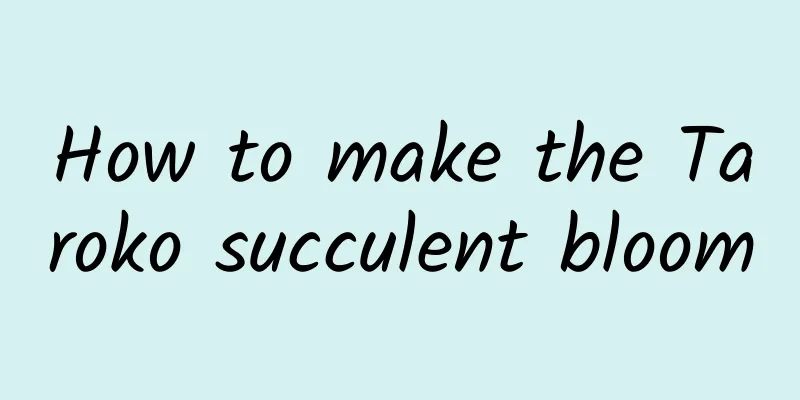Elderly people should not grow these flowers. It is very dangerous to have one at home!

1. Euphorbia pilosaNot only is the juice of Euphorbia milii poisonous, but the stems also have many thorns, making it very dangerous to keep at home. Placement:The balcony light can be placed in a place where people don’t often move around, but don’t place it in the living room or bedroom as it can easily hurt people. 2. TuberoseAt night, tuberose emits a strong aroma that contains many small particles that are powerful enough to stimulate the sense of smell. If the elderly in your family suffer from high blood pressure or heart problems, they will feel dizzy, chest tightness, or even vomit. Placement:It is recommended to place it away from the living room. If you have tuberose at home, you must pay attention to ventilation. 3. BauhiniaThe pollen of Bauhinia is very fine and contains an element that can easily cause allergies. If the elderly have asthma, they must not grow Bauhinia flowers, otherwise it will cause severe coughing and asthma. Placement:It is recommended to place it on the balcony and spray water mist on the air around the Bauhinia flower more often to let the water droplets in the air bring the floating pollen to the ground, so as to avoid respiratory pollen allergies. If you see redbud flowers on the road, don't stop under the tree. 4. Small pine and cypress bonsaiMost coniferous and cypress plants emit a pine oil aroma, which is fresh and pleasant. However, this aromatic smell has a strong irritating effect on the stomach and intestines. If you smell it for a long time, it will not only affect your appetite, but also make you upset and lose weight. Placement:Place it in a well-ventilated place, not in the bedroom, and certainly not in the dining room or other dining areas. This is good for flowers and people. 5. MimosaMimosa is hardy, easy to grow, and has lovely flowers. However, the leaves of mimosa contain mimosaine, which is toxic. Frequent contact with mimosa will not only cause your hair and eyebrows to become dry and yellow or even fall off, but will also damage your skin. Placement:Just place it on the balcony, and don't often touch the leaves of the mimosa with your hands. 6. DieffenbachiaThe inside of the leaves and petals of the Dieffenbachia contain oxalic acid and asparagine, which makes the juice in the leaves of the Dieffenbachia highly toxic. When loosening the soil and changing pots, you will inevitably touch the leaves. However, once your skin comes into contact with its juice, it will become extremely itchy. If you accidentally swallow it, it may damage your vocal cords or even put your life in danger. Placement:Do not place it in a place where it will be frequently touched, such as the living room or corridor. It is best to place it in a corner of the balcony to minimize the chance of contact. |
<<: The Feng Shui meanings of 20 kinds of flowers and plants will bring you wealth!
>>: The flower language and interesting legends of Fuchsia
Recommend
The difference between Platanus ovata, Platanus rubra and Platanus variegata
The difference between sycamore and red hibiscus ...
When is the best month to plant sunflowers?
1. Which month to take cuttings The time for sunf...
Cherry cutting time and method
Cherry cutting time Cherries are generally propag...
How to transplant holly
1. Transplanting time Holly transplanting is gene...
Cultivation technology of kiwi fruit
Kiwi is a delicious and nutritious fruit. Because...
How long does it take for Pyracantha cuttings to take root and sprout? How to manage the cuttings to achieve a high survival rate?
Rooting time of Pyracantha cuttings It is best to...
If the leaves are spotted, treat them immediately, otherwise all the flowers will die.
White spots appear on rose leaves Generally, when...
What are the common wild fruits in rural areas?
1. Solanum nigrum Solanum nigrum, affectionately ...
Is the peony a shade-loving or sun-loving plant?
Does peony prefer shade or sun? Peony is a sun-lo...
What is the best water for Clivia?
1. Tap water This is the most common option and d...
Chicken Ingredients and Recipes
Chicken is very delicious and is a source of prot...
How to prune hydrangea
When to prune hydrangeas When is the best time to...
Flower language of palace lantern lily
Flowering period of Lilium odoratum The flowering...
How to propagate peach by grafting
Selection of scion and rootstock Generally speaki...
Cultivation methods and precautions of blue mustard
How to grow blue mustard Temperature and light Bl...









